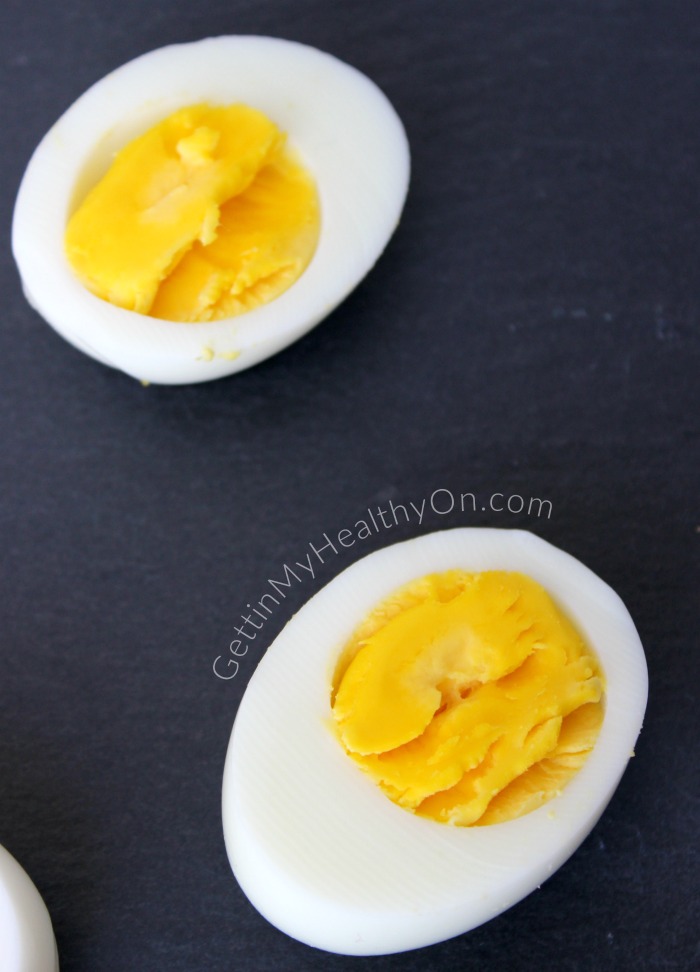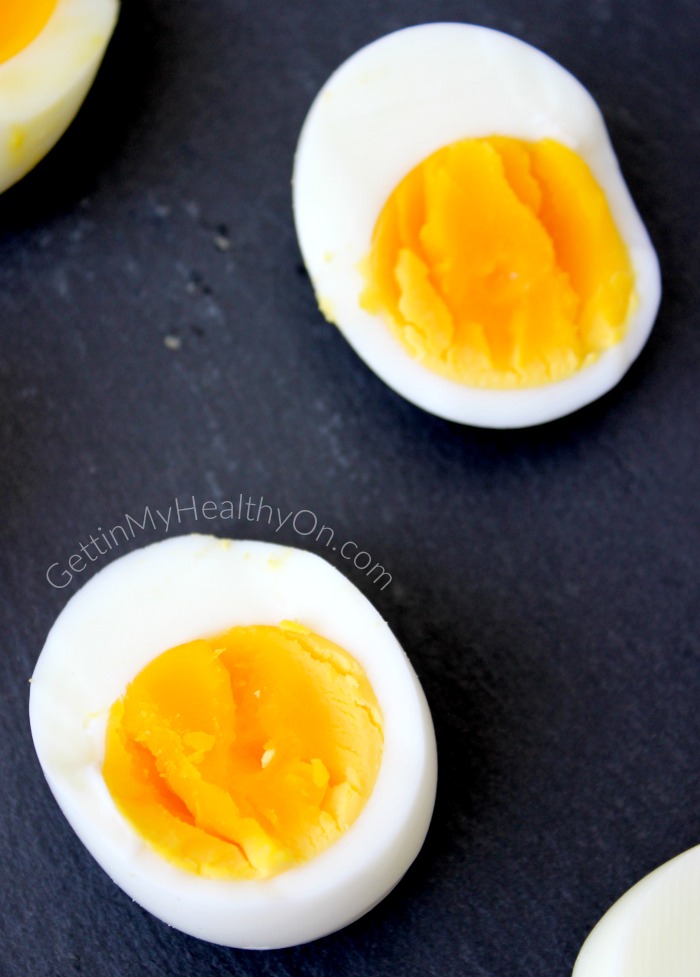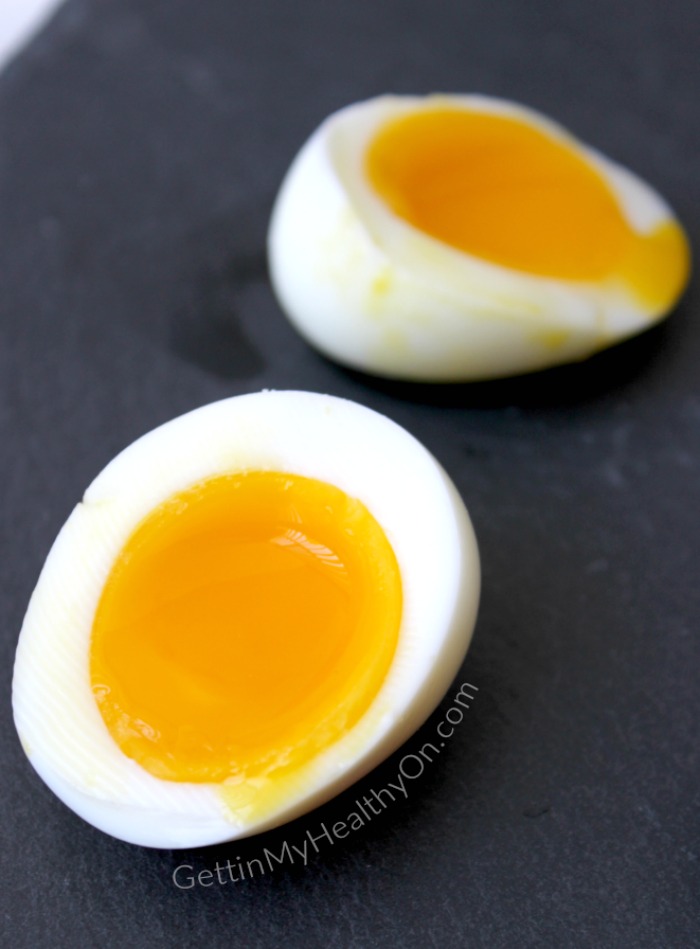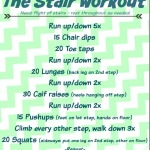Learn how to make the perfect soft, medium, and hard boiled eggs that are easy to peel with this fail-proof boiling guide.

Everyone likes their eggs differently. My favorite is probably fried eggs cooked over-medium. Over-easy eggs are sometimes a bit too runny for me, and I get bored with scrambled eggs a lot. My husband? He mostly eats scrambled eggs, which must be well-done. Despite our #1 preferences, we’re both fans of hard boiled eggs.
In my opinion, hard boiled eggs are the PERFECT protein-packed snack—they’re low-calorie, low-carb, and high-protein. Your average large hard boiled egg has 78 calories, 6g protein, and a variety of vitamins and minerals (like vitamins A, D, B12, and B6 as well as calcium and iron). They’re easy to grab for a quick energy boost, or you can easily add them to a DIY snack box for later.
To mix things up a little, I’ve been playing around with their level of doneness lately—starting with soft boiled eggs and working my way to the sweet spot for me: medium boiled eggs (as pictured below).

I’ve been making hard boiled eggs since I can remember. Growing up, my dad would often put me in charge of preparing tuna fish salad for all of us (which included chopped hard boiled eggs). It wasn’t until a few weeks ago that I had even thought about the concept of soft boiled eggs. But since I make over easy/medium eggs all the time, I was excited to try it out.

There are so many techniques out there for making hard boiled eggs. I’ve tried it multiple ways, but I always go back to the way my dad taught me:
- Bring a saucepan filled with water (a bit higher than the top of an egg) to a boil.
- Carefully add the desired number of eggs.
- Set the timer for 15 minutes and softly boil until the time is up!
Since dropping eggs into a pot of boiling water can lead to them getting cracked prematurely, I started adding them at the beginning (pre-boil) for awhile. After doing it so many times, I started to to notice that anytime I made hard boiled eggs, they were a PAIN to peel. Pieces of the egg white would always come off with the shell when I tried to peel them. It drove me insane. Then I made an extremely simple change that completely eliminated this problem…
To make hard boiled eggs that are easy to peel, add the eggs to boiling water. Don’t add them at the beginning when the water is cold. I don’t understand how this makes such a huge difference but it does. Game-changer, I tell you! And if you find your eggs often crack from dropping them in, just use a slotted spoon to gently lower them to the bottom. Voila! Easy-to-peel hard boiled eggs.
Now, let’s get down to the real magic of this post: how to make soft boiled eggs, medium boiled eggs, and hard boiled eggs.
It’s all about the amount of time you let them boil.
Ingredients:
- Large eggs
- Water
Instructions:
- Fill a saucepan with water (enough that would allow the eggs to be submerged). Bring to a boil.
- Using a slotted spoon, slowly add desired number of eggs into the boiling water. Maintain a simmer (not a rolling boil as this can cause the eggs to crack).
- For soft boiled eggs, boil for 6-7 minutes. For medium boiled eggs, boil for 9-10 minutes. For classic hard boiled eggs, boil for 14-15 minutes.
- After desired cooking level has been reached, remove the eggs with a slotted spoon and submerge in ice water for 2 minutes. Peel and enjoy!
To help you fully grasp what I mean by soft, medium, and hard boiled eggs, here’s a little description of each:
- Soft boiled eggs (6-7 min) have runny yolks and softer egg whites.
- Medium boiled eggs (9-10 min) have softer, creamy yolks that are solid.
- Hard boiled eggs (14-15 min) have fully cooked yolks and egg whites.
Also: How to tell if your hard boiled eggs are overcooked? 1. Your yolks will have a greenish-grey ring around the outside. 2. The egg whites take on a rubbery texture.
Hope this helps!
How do you like your eggs?
Do you make your hard boiled eggs differently?





